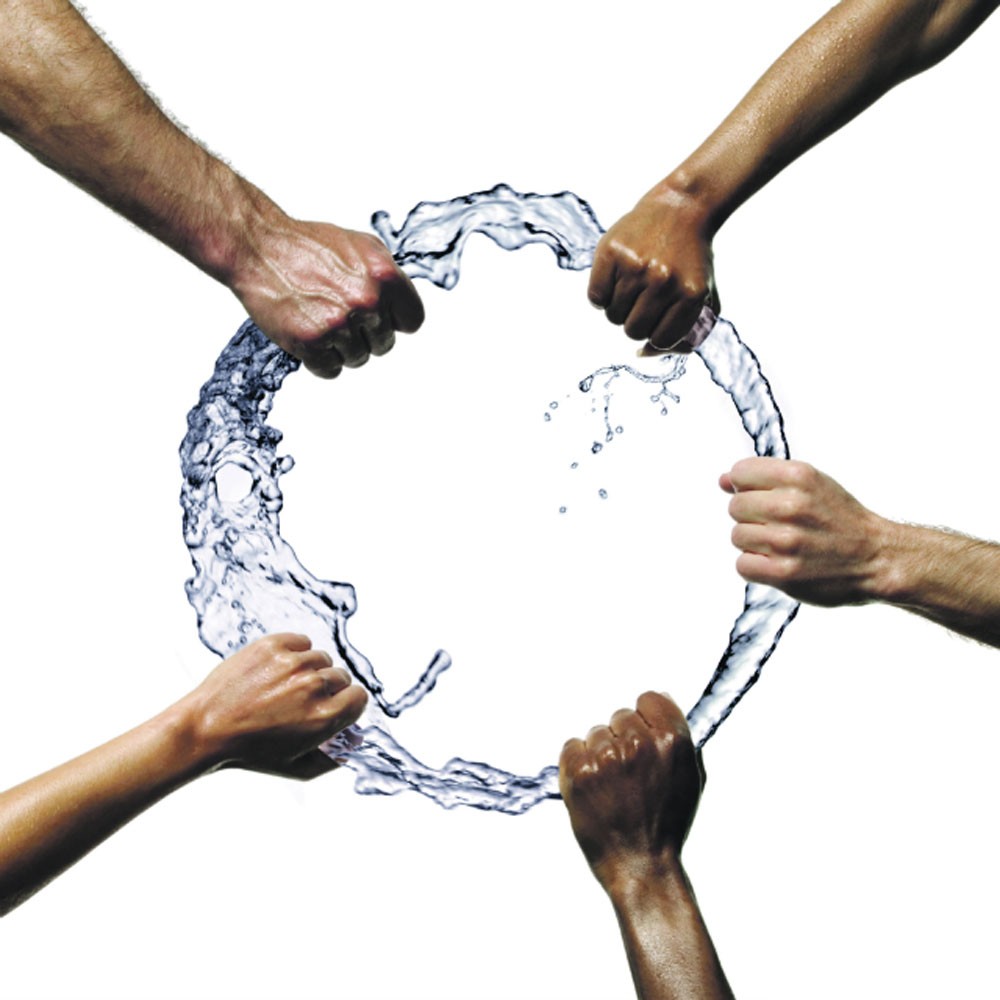The population of the Earth today is 7 billion when 1960 was just 3 billion. With the continuing growth is predicted that by 2050, population will reach 9 billion, number danger for water supplies.
Already today overpopulation causes many people to not have access to this vital "social good" as has been characterized, the water. Almost two thirds of the world population, which represents 4.5 billion people living within 50 kilometers of inadequate water sources which gradually polluted and more than 1 billion people, or 1 of 7, have no access to clean water.
But there is also the problem of heterogeneity in the global distribution of drinking water, with glaring example of Latin America which has 12 times more drinking water from southern Asia, a region plagued by overcrowding. The five countries with the largest water reserves are Brazil, Russia, Canada, the US and Indonesia. Nevertheless it is estimated that even countries with full access to drinking water will face water shortages by 2025, due to overconsumption and degradation of quality.
Each year 3.5 million people die from diseases related to water. The major polluting factors, however, are the largest consumers, the reason for rural and farming industry, which is directly linked to the increased demands of the population.

